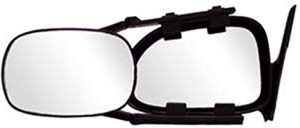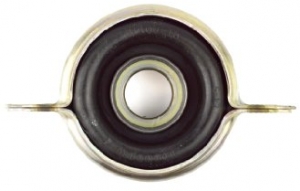-
Welcome to Tacoma World!
You are currently viewing as a guest! To get full-access, you need to register for a FREE account.
As a registered member, you’ll be able to:- Participate in all Tacoma discussion topics
- Communicate privately with other Tacoma owners from around the world
- Post your own photos in our Members Gallery
- Access all special features of the site
Is this supposed to be the 8th generation?
Discussion in '2nd Gen. Tacomas (2005-2015)' started by NCTaco09, Mar 28, 2013.


 Dash cam power 2008 access door
Dash cam power 2008 access door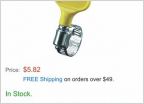 Tailgate lock/clamp
Tailgate lock/clamp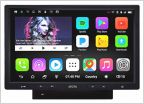 Idea's for the Tacoma
Idea's for the Tacoma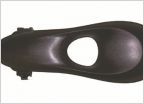 Towing Mirrors
Towing Mirrors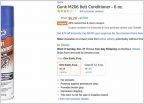 Serpentine belt ? Do you treat it ?
Serpentine belt ? Do you treat it ?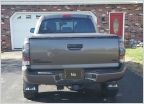 Black Tail lights
Black Tail lights











